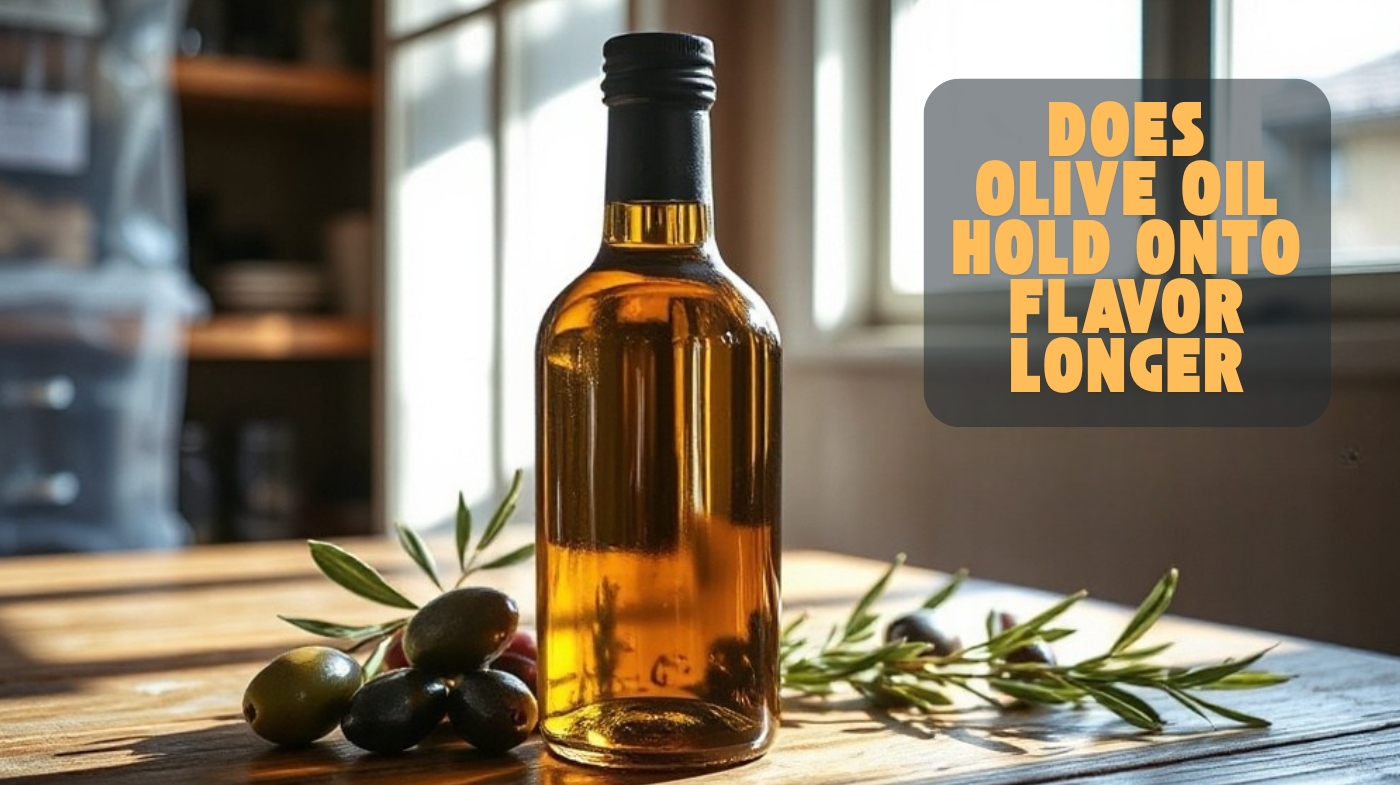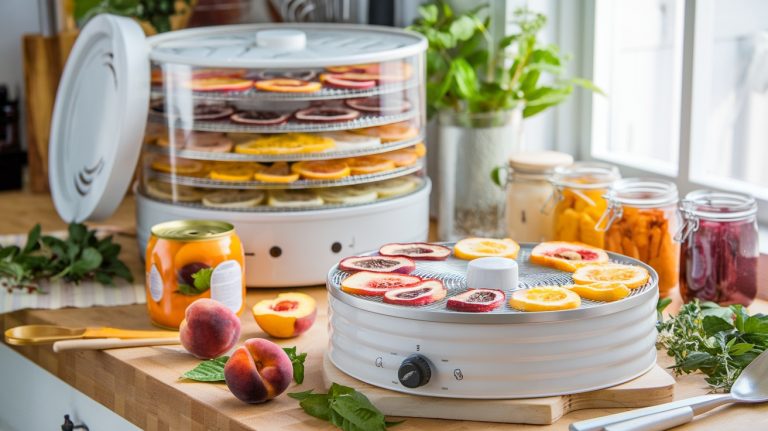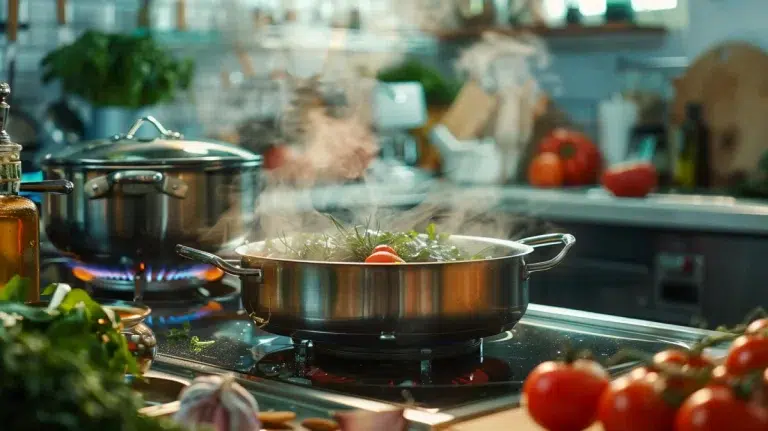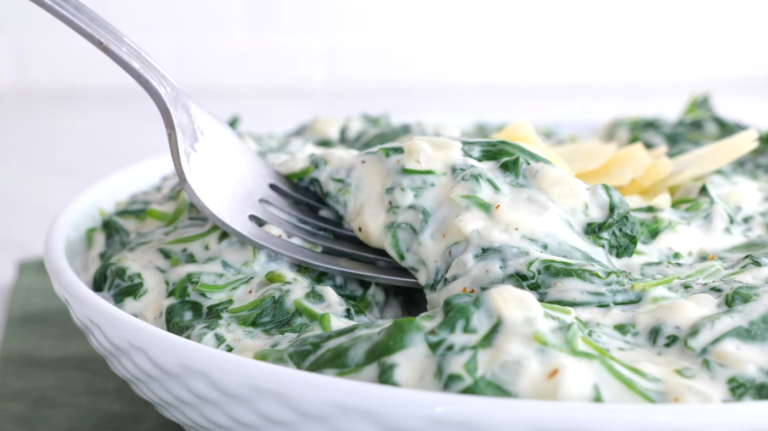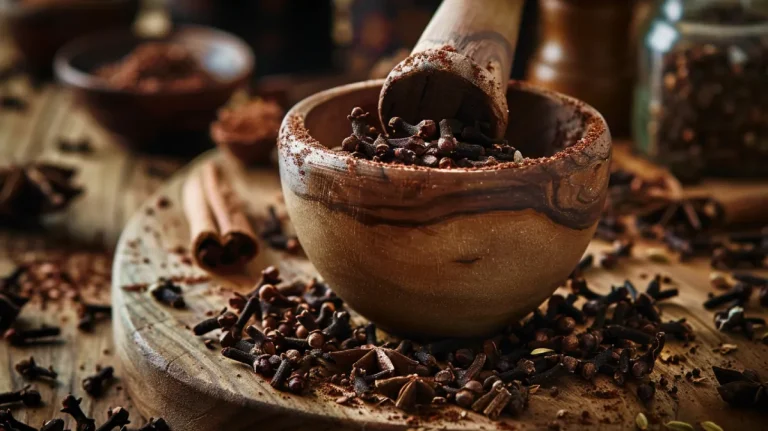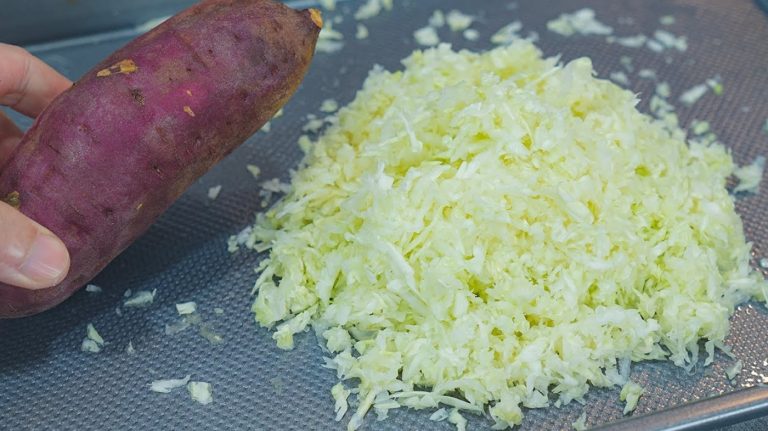Does Olive Oil Hold Onto Flavor Longer? Tips to Preserve It
You’ll find that olive oil holds onto its flavor longer when stored properly in dark glass or stainless steel containers, limiting light and oxygen exposure.
Oils from polyphenol-rich olives, processed quickly and cold-pressed, maintain flavor stability better due to antioxidant protection.
Fresh oils lose their vibrant notes within months, but packaging and controlled storage temperatures can extend this. Understanding these factors reveals how you can preserve your olive oil’s flavor effectively over time.
Key Takeaways
- Olive oil retains its flavor best when stored unopened for 18–24 months in dark, airtight containers.
- Once opened, olive oil flavor typically declines rapidly within 3–5 months due to oxidation and light exposure.
- Packaging materials like dark glass and stainless steel extend flavor stability by blocking light and oxygen.
- High polyphenol content from certain olive varieties improves flavor longevity by providing antioxidant protection.
- Proper storage below 27°C and minimizing oxygen contact are essential for maintaining olive oil’s fresh flavor.
Impact of Storage Time on Olive Oil Flavor
Although olive oil can remain stable for up to 18–24 months when unopened, once you open the bottle, its flavor begins to decline rapidly, typically within 3–5 months.
Proper storage in dark glass or tin containers can help slow this decline by protecting the oil from light exposure. This decline results from oxidation and chemical changes that degrade key sensory and nutritional compounds.
You’ll notice the fruity, bitter, and pungent notes characteristic of high-quality olive oil diminish over time, reflecting a loss in polyphenols and antioxidants.
Once opened, olive oil’s flavor fades quickly, usually within 3–5 months despite long unopened shelf life.
As storage time increases, the oil’s flavor profile becomes less complex and vibrant, impacting its overall appeal. To preserve flavor within this limited window, it’s essential to minimize exposure to air and light.
Influence of Olive Variety and Processing Techniques
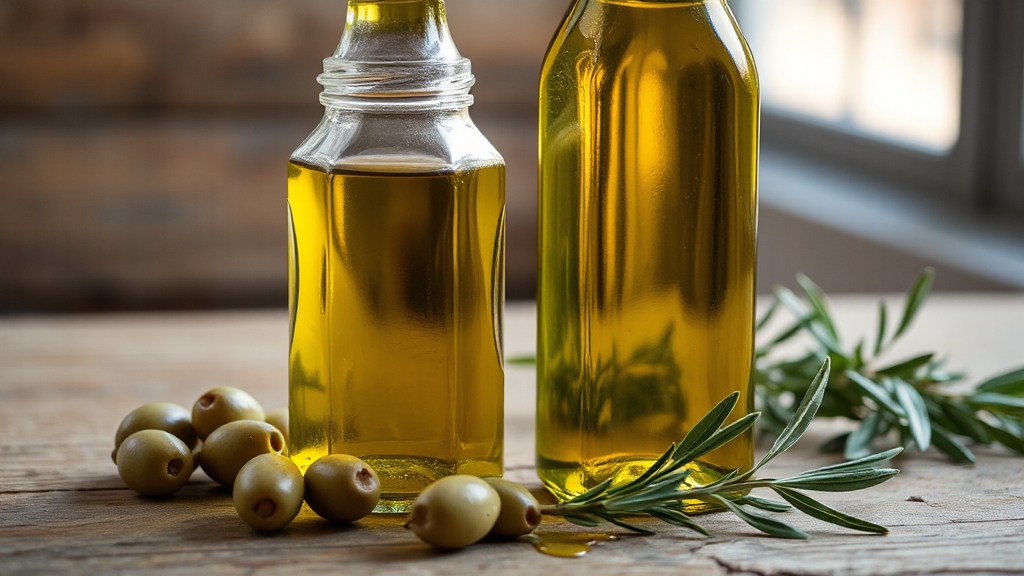
You’ll find that the olive variety greatly shapes both flavor profile and longevity, with polyphenol-rich types like Coratina offering stronger, longer-lasting notes.
Southern Italian olives, such as Coratina and Peranzana, are known for their bold, intense flavors that contribute to extended shelf stability.
Processing techniques, such as cold-pressing and rapid extraction, directly influence the preservation of antioxidants critical for maintaining these flavors.
Olive Variety Impact
Three key factors—olive variety, polyphenol content, and genetic traits—directly shape the flavor profile and retention of olive oil. Different varieties produce oils ranging from delicate to bold, with polyphenol levels influencing bitterness, pungency, and oxidative stability.
Southern varieties, rich in polyphenols, tend to maintain flavor longer, while some central varieties require careful storage to preserve subtle notes.
Additionally, the extraction methods used can significantly affect the oil’s flavor and longevity, making it important to consider how the oil was processed.
| Olive Variety | Flavor Profile | Flavor Retention |
|---|---|---|
| Northern (e.g., Leccino) | Light, delicate | Moderate, suited for subtle uses |
| Central (e.g., Frantoio) | Medium, complex | Moderate, sensitive to storage |
| Southern (e.g., Coratina) | Bold, intense | High, better shelf life due to antioxidants |
| Others (e.g., Koroneiki) | Varied | Long-lasting, high polyphenols |
Processing Technique Effects
When you combine the choice of olive variety with precise processing techniques, you directly influence the flavor retention and chemical stability of olive oil.
Cold-pressing at temperatures below 27°C preserves antioxidants and polyphenols critical for flavor and shelf life. Processing olives within 24 hours of harvest minimizes oxidation and enzymatic degradation, maintaining volatile compounds.
Recent studies have shown that technological advancements such as pulsed electric fields can further enhance oil yield and preserve quality by facilitating tissue breakage and improving extraction efficiency PEF technology.
Controlling malaxation duration, temperature, and oxygen exposure further protects sensory qualities. Emerging technologies like ultrasound and high-pressure processing enhance polyphenol extraction and oxidative stability without compromising naturalness.
Efficient equipment and strict post-harvest management reduce processing time and energy use, supporting freshness retention.
Finally, the synergy between optimized processing and proper packaging, such as airtight, dark containers, extends flavor stability by limiting oxidative damage. Your careful technique choice ultimately determines the oil’s aromatic complexity and longevity.
Role of Phenolic Compounds in Flavor Stability
Because phenolic compounds, particularly secoiridoids like oleuropein and its derivatives, play a pivotal role in olive oil’s oxidative protection, understanding their function is essential to grasping flavor stability.
These compounds donate hydrogen atoms to lipid radicals, halting oxidation and preserving flavor integrity. Their efficiency varies by phenolic type and olive cultivar, directly influencing the oil’s resistance to degradation during storage.
Consider these key aspects:
- Secoiridoid derivatives bind lipid radicals more effectively than other phenols, enhancing oxidative stability.
- Phenolic content fluctuates with olive genotype and ripeness, impacting bitterness, pungency, and aroma.
- Declining phenolics during storage correlate with reduced sensory quality and flavor degradation.
Comparing Fresh, Dried and Essential Oil Flavoring Methods
When you compare fresh, dried, and essential oil flavoring methods, you’ll notice fresh herbs offer the strongest initial intensity but degrade faster due to oxidation risks from moisture.
Proper storage, such as keeping oils in dark-colored bottles, can help slow flavor loss in essential oils. Dried herbs provide milder but more stable flavors over time, minimizing enzymatic breakdown by reducing water content.
Essential oils deliver the highest flavor concentration with superior stability, as they avoid introducing moisture and solids that accelerate oxidation.
Flavor Intensity Changes
Although each flavoring method imparts distinct characteristics, understanding how fresh olive oil, dried herbs, and essential oils influence flavor intensity helps you select the ideal approach for your desired sensory profile.
Fresh olive oil, especially from early harvests, offers high phenolic content and a bold, complex bitterness and pungency. Seasonal shifts, such as cooler, wetter conditions, tend to boost antioxidant levels and enhance the oil’s flavor complexity, contributing to higher phenolic content.
Dried herbs, when added during malaxation, increase phenols and antioxidants, producing layered, herbaceous flavors with superior retention.
Essential oils deliver intense aromas but lack the phenolic depth and stability of the other methods.
Consider these distinctions:
- Fresh oil: complex, bitter, pungent, with good retention.
- Dried herbs (malaxation): moderate-high intensity, increased antioxidants, very good retention.
- Essential oils: intense aroma, lower complexity, poorer flavor retention.
Oxidation and Stability
Understanding the changes in flavor intensity from fresh olive oil, dried herbs, and essential oils naturally leads to examining how these methods affect oxidation and stability.
Fresh olive oil, rich in antioxidants like polyphenols, exhibits higher oxidative stability, preserving flavor and nutrition longer. In fact, testing methods such as the Rancimat and Oxitest provide reliable estimations of this oxidative stability. Dried olive products, with low moisture, resist oxidation better but often lose flavor intensity.
Essential oils offer greater chemical stability but lack the nutritional benefits of fresh oil. You should store fresh olive oil in cool, dark containers to minimize heat, light, and oxygen exposure, which accelerate oxidation.
Cold-pressing retains antioxidants, further improving stability. Different olive varieties vary in oxidation resistance due to genetic antioxidant levels.
When choosing flavoring methods, consider how oxidation impacts both flavor retention and nutritional value to optimize olive oil’s longevity.
Packaging Choices and Their Effect on Flavor Retention
Since packaging directly influences light and oxygen exposure, your choice plays an essential role in preserving olive oil’s flavor and quality.
Dark glass and stainless steel containers effectively block light and limit oxygen contact, extending shelf life up to 18 months.
These materials provide optimal protection against oxidation and photo-oxidation, which are major factors in flavor degradation. In contrast, plastic packaging permits oxidation and chemical leaching, reducing flavor retention to 3-6 months.
Coated metal and bag-in-box packaging offer moderate protection with shelf lives around 9-12 months.
When selecting packaging, consider:
- Material barrier properties against light and oxygen
- Durability and cost-effectiveness
- Sealing quality to minimize headspace and oxygen ingress
Chemical Indicators Signaling Flavor Quality Changes
Packaging choices directly affect how olive oil interacts with environmental factors like light and oxygen, which in turn trigger chemical changes that alter flavor quality.
As oxidation progresses, you’ll notice volatile aldehydes such as pentanal and hexanal increasing, signaling off-flavors. Meanwhile, compounds like 1-acetoxypinoresinol indicate fresher, fruity notes.
Monitoring these chemical markers helps you objectively assess oil quality and predict rancidity before sensory detection. It is important to consider that high temperatures during processing and storage can accelerate these oxidative reactions, further impacting flavor and quality oxidative reactions.
| Chemical Marker | Flavor Indicator | Emotional Response |
|---|---|---|
| Pentanal, Hexanal | Woody, bitter off-flavors | Disappointment |
| 1-Acetoxypinoresinol | Fresh, fruity notes | Satisfaction |
| Pinoresinol | Bitterness (freshness) | Assurance of quality |
Sensory Changes Observed During Olive Oil Storage
Although olive oil starts with vibrant sensory qualities, those characteristics noticeably decline during storage. Over time, you’ll observe a decrease in fruity aromas, bitterness, and pungency, especially in oils flavored with fresh ingredients.
Sensory evaluation reveals that off-flavors and rancidity emerge noticeably after six months, reducing overall flavor quality. This decline is influenced by the chemical composition changes that affect nutritional value and stability.
Olive oil’s fresh, vibrant flavors fade over time, with noticeable declines in fruitiness, bitterness, and pungency during storage.
Key sensory changes during storage include:
- Significant loss of fruity smell and flavor intensity within 3 to 6 months.
- Faster degradation in flavored oils due to reactive compounds.
- Development of off-flavors such as rancidity, especially if exposed to light or air.
Best Practices for Maximizing Olive Oil Flavor Longevity
To maximize the longevity of olive oil’s flavor, you need to control environmental factors that accelerate oxidation and degradation.
Store your oil in a cool, dark place away from heat and direct light, ideally below 27°C. Use dark glass, ceramic, or stainless steel containers to block light exposure and avoid plastic, which can interact with the oil. Dark-colored bottles or tin cans are ideal storage options that help protect olive oil from light and maintain its flavor.
Always keep the bottle tightly sealed to limit oxygen contact, a key driver of flavor loss. Select oils rich in polyphenols and antioxidants, preferably cold-pressed below 27°C and processed promptly after harvest to preserve freshness.
Avoid storing oil near heat sources, and purchase quantities you can consume within a few months to prevent rancidity.
Frequently Asked Questions
Can Olive Oil Flavor Be Enhanced by Blending Different Olive Varieties?
You can definitely enhance olive oil flavor by blending different olive varieties. By combining oils from cultivars like Koroneiki, Frantoio, and Arbequina, you create a balanced, complex profile that highlights fruity, pungent, and buttery notes.
This approach lets you moderate bitterness or pungency and achieve consistency. However, you need expertise to avoid quality loss and guarantee freshness, as blending older or lower-grade oils can negatively impact flavor and overall quality.
Does Organic Certification Impact Olive Oil Flavor Retention?
You’ll find studies showing organic olive oils often contain up to 20% more polyphenols, which are antioxidants that slow flavor degradation.
While organic certification encourages farming that may boost these compounds, it doesn’t guarantee better flavor retention alone. You must also consider factors like olive variety, processing methods, and storage.
How Does Cooking With Olive Oil Affect Its Flavor Stability?
When you cook with olive oil, especially extra virgin, moderate heat preserves most phenolic compounds and antioxidants, maintaining flavor stability.
High heat or prolonged cooking accelerates aromatic compound loss, dulling its fresh, fruity notes. Using lower temperatures and shorter cooking times helps you retain flavor better.
Additionally, finishing dishes with raw olive oil keeps its complex taste intact. Proper storage before cooking also plays a key role in preserving flavor stability.
Are There Regional Differences in Olive Oil Flavor Longevity?
You’ll find that olive oils from California typically hit shelves within 3–6 months post-harvest, while Mediterranean imports can take 6–18 months.
This delay impacts flavor longevity considerably. Oils from cooler climates with rapid processing and higher polyphenol levels hold flavor longer.
Can Adding Antioxidants Improve Flavored Olive Oil Shelf Life?
You can improve flavored olive oil shelf life by adding antioxidants, but it won’t fully prevent flavor degradation.
Antioxidants protect the base oil from oxidation, especially if you choose oils rich in polyphenols. Supplementing with natural antioxidants like rosemary extract helps, too.
However, the volatile flavor compounds still degrade relatively quickly, so you’ll need dark packaging, airtight containers, and cold storage to maximize flavor retention effectively.
Preserve Flavor and Freshness with Smart Olive Oil Choices and Storage
You might think olive oil’s flavor fades quickly, but when you consider how olive variety, phenolic content, and packaging align, you’ll see flavor can last much longer than expected.
By storing it properly and choosing oils rich in antioxidants, you actually preserve more complexity over time. So, while fresh oil often wins at first taste, clever handling means you don’t have to sacrifice flavor longevity—coincidence or not, it’s all about informed choices.

